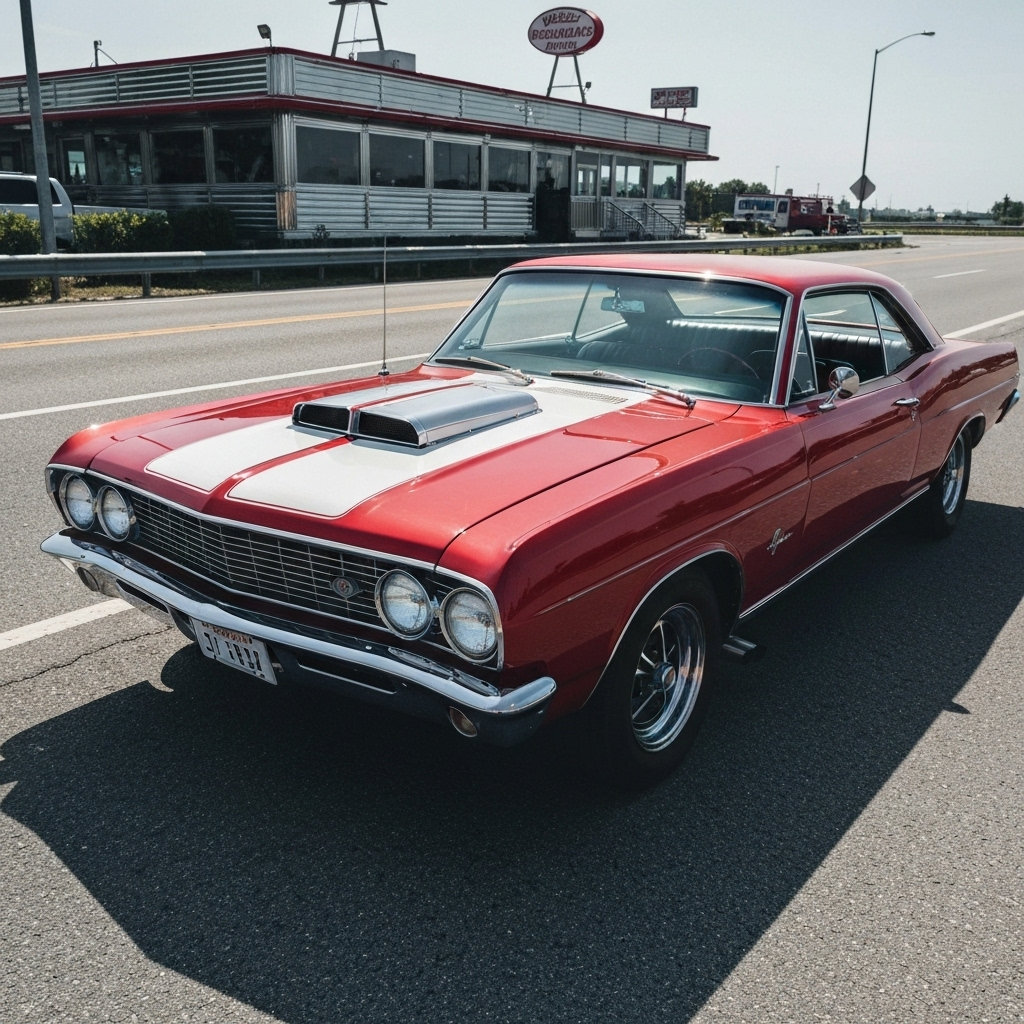What is Liability Car Insurance and Why It Matters
Navigating the complexities of auto insurance can often feel overwhelming, but understanding core components like liability car insurance is essential for every driver. At its most fundamental, liability car insurance protects you financially if you are at fault in an accident. It covers the costs for injuries or damages you cause to other people or their property. Without adequate liability coverage, a single accident could lead to devastating out-of-pocket expenses, including medical bills, vehicle repair costs, legal fees, and more. This critical coverage ensures that you meet your legal obligations on the road and provides a vital safety net for your personal finances.
Most states mandate a minimum amount of liability car insurance, recognizing its importance in protecting all road users. This coverage is not designed to pay for damages to your own vehicle or your own medical expenses; instead, it focuses on your responsibility to others. It’s the cornerstone of a responsible auto insurance policy, safeguarding you from potential lawsuits and significant financial burdens that can arise from unforeseen incidents. Understanding the nuances of this coverage is the first step towards comprehensive auto protection.
The Two Essential Components: Bodily Injury and Property Damage
Liability car insurance is typically divided into two main components: Bodily Injury Liability and Property Damage Liability. Each serves a distinct, yet equally crucial, purpose in protecting you from the financial fallout of an at-fault accident.
- Bodily Injury Liability (BI): This part of your policy covers the costs associated with injuries you cause to other people in an accident. This can include medical expenses, lost wages, pain and suffering, and even funeral costs for the injured parties. For instance, if you are deemed at fault in a collision and the other driver or their passengers require medical attention, your bodily injury liability coverage would step in to cover those expenses, up to your policy’s limits.
- Property Damage Liability (PD): This component pays for damage you cause to another person’s property as a result of an accident. The most common type of property damage is to another vehicle, but it can also include damage to fences, mailboxes, buildings, or other structures. If you accidentally back into a neighbor’s fence, your property damage liability coverage would help pay for its repair or replacement.
Together, these two components form the bedrock of your auto/car insurance, ensuring that you are prepared for the financial consequences of harming others or their belongings on the road.
Understanding Liability Coverage Limits: What Do the Numbers Mean?
When you look at your auto insurance policy, you’ll often see liability limits expressed as a series of three numbers, such as 25/50/25 or 100/300/100. These numbers represent the maximum amount your insurance company will pay out for bodily injury and property damage liability in a single accident.
Let’s break down what these numbers mean:
- The first number (e.g., 25 or 100) indicates the maximum amount, in thousands of dollars, your policy will pay for bodily injury liability per person injured in an accident. So, 25 means $25,000 per person.
- The second number (e.g., 50 or 300) represents the maximum amount, in thousands of dollars, your policy will pay for bodily injury liability for all persons injured in a single accident. Thus, 50 means $50,000 total for all injured parties, regardless of how many there are.
- The third number (e.g., 25 or 100) specifies the maximum amount, in thousands of dollars, your policy will pay for property damage liability per accident. So, 25 means $25,000 for all property damage.
For example, a policy with limits of 100/300/100 means: $100,000 for bodily injury per person, $300,000 for total bodily injury per accident, and $100,000 for property damage per accident. It’s crucial to understand these figures, as they directly impact your financial exposure. Opting for higher limits generally means more protection but also a higher premium, whereas lower limits, while cheaper upfront, can leave you exposed to significant personal liability if an accident’s costs exceed your coverage. For a deeper dive into the factors influencing your overall auto insurance costs, exploring resources on understanding auto insurance premium factors can be highly beneficial.
State Minimums vs. Comprehensive Protection: How Much Liability Car Insurance Do You Need?
Every state has its own minimum requirements for liability car insurance. While meeting these minimums ensures you’re legally compliant, they often provide only basic protection and might not be sufficient to cover the true costs of a serious accident. For example, if your state requires 25/50/25 coverage, and you cause an accident resulting in $75,000 in bodily injury to one person and $40,000 in property damage, your policy would only pay up to $25,000 for the bodily injury and $25,000 for the property damage. The remaining $50,000 in bodily injury and $15,000 in property damage would be your personal responsibility.
The expert insight here is that while state minimums are a legal baseline, they are rarely enough to protect your assets. Many seasoned insurance professionals recommend carrying significantly more than the minimum, often advising at least 100/300/100, or even higher, depending on your assets and risk profile. Think about the value of what you own—your home, savings, investments. If you are sued and the damages exceed your insurance limits, those personal assets could be at risk. This is particularly relevant when considering the potential for high medical costs and vehicle repair bills in today’s environment, where new vehicle technology and inflation continue to drive up expenses. For valuable tips on managing these costs, learn how to lower your auto insurance premiums effectively.
The decision of how much liability insurance to carry should be based on a realistic assessment of your financial situation and the potential risks you face on the road, rather than simply fulfilling a legal obligation.
Liability vs. Full Coverage: Making an Informed Choice
When discussing auto insurance, the terms “liability coverage” and “full coverage” are often used, and it’s crucial to understand the distinction between them. As we’ve established, liability car insurance protects others from damages or injuries you cause. It does not, however, cover damage to your own vehicle or your own medical expenses after an accident you cause. That’s where “full coverage” comes into play.
While “full coverage” isn’t a single type of policy, it’s a common term used to describe a policy that includes liability insurance along with additional coverages for your own vehicle and personal well-being. Typically, a “full coverage” policy combines:
- Liability Coverage: For damages you cause to others.
- Collision Coverage: Pays for damage to your own vehicle resulting from a collision with another car or object, regardless of fault.
- Comprehensive Coverage: Covers non-collision incidents like theft, vandalism, fire, falling objects, or natural disasters.
- Uninsured/Underinsured Motorist Coverage: Protects you if you’re involved in an accident with a driver who has no insurance or insufficient coverage.
- Personal Injury Protection (PIP) or MedPay: Covers medical expenses for you and your passengers, regardless of who was at fault.
The choice between sticking to liability-only and opting for “full coverage” largely depends on your specific circumstances. If you have an older, less valuable car, collision and comprehensive coverage might not be economically viable, and liability-only could be a suitable choice. However, if you have a newer vehicle, a loan on your car, or substantial assets to protect, “full coverage” offers a more robust financial shield. This is especially true for young drivers, who statistically face higher risks, making comprehensive protection even more vital. Learn smart tips for reducing young driver auto premiums, which often involves a balance of coverage and cost-saving strategies.
Secure Your Journey with Beach Insurance LLC
Understanding liability car insurance is a cornerstone of responsible vehicle ownership and personal financial security. It’s not just about meeting legal requirements; it’s about protecting yourself and your assets from the unpredictable nature of the road. From understanding the core components of bodily injury and property damage to discerning what those coverage limits truly mean, an informed approach to your policy is paramount.
While state minimums offer a basic level of protection, the prudent choice often involves extending your coverage beyond these limits to adequately shield your hard-earned assets. The distinction between liability-only and a comprehensive “full coverage” policy empowers you to make choices that align with your vehicle’s value, your financial situation, and your personal comfort with risk.
At Beach Insurance LLC, we believe in empowering our clients with the knowledge and tailored solutions they need. We are dedicated to helping you navigate the evolving landscape of auto insurance, ensuring you have the right protection without overpaying. Our team is ready to assist you in understanding every aspect of your policy and finding the coverage that best suits your unique needs, allowing you to drive with confidence and peace of mind.
Have more questions or want to get in touch? Visit our Contact Us page. We look forward to hearing from you.






